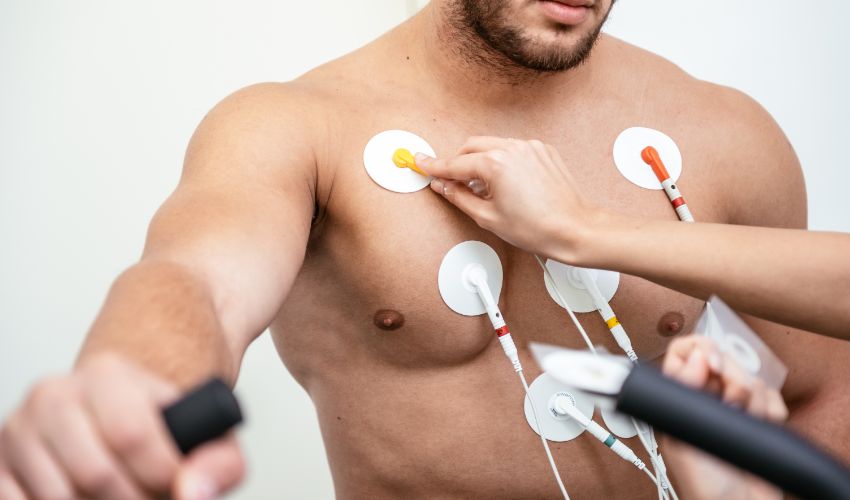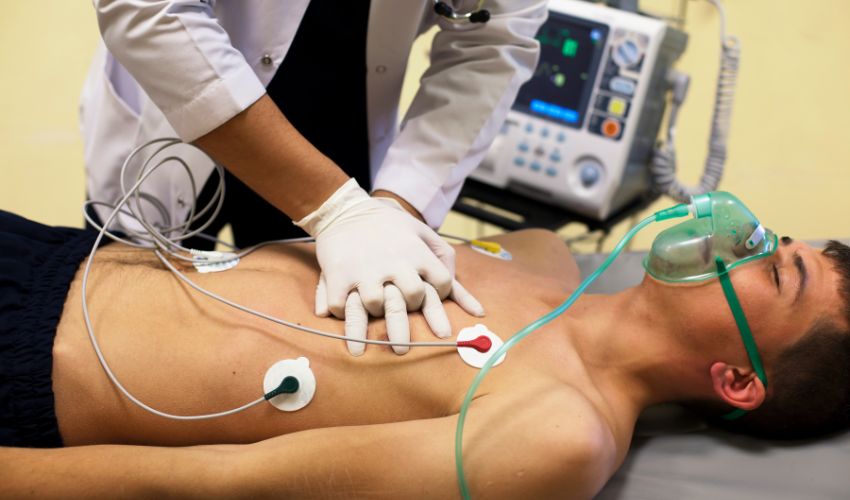Cardiac rehabilitation is a structured program designed to help individuals recover from heart-related illnesses, including heart attack, heart failure, and coronary artery disease. It involves a combination of physical exercise, lifestyle modifications, and emotional support to help patients regain their strength, confidence, and quality of life. In this article, we will discuss the benefits, types, and frequently asked questions about cardiac rehabilitation.
Benefits of Cardiac Rehabilitation:
Cardiac rehabilitation offers numerous benefits to patients, including:
- Improved Heart Health: The program helps patients improve their heart health through a combination of aerobic exercise, strength training, and education on healthy lifestyle habits.
- Increased Confidence: Cardiac rehabilitation provides emotional support and education, which helps patients feel more confident in managing their condition.
- Better Quality of Life: By improving heart health and confidence, cardiac rehabilitation can lead to an overall better quality of life for patients.

Types of Cardiac Rehabilitation:
There are three phases of cardiac rehabilitation, each with its own goals and objectives.
- Phase I: This phase occurs in the hospital immediately after a heart-related illness or surgery. The focus is on monitoring the patient’s heart rate, blood pressure, and oxygen levels, as well as getting the patient moving with light exercise.
- Phase II: This phase occurs after the patient is discharged from the hospital and can last anywhere from 6-12 weeks. The focus is on increasing physical activity, improving heart health, and providing education on lifestyle modifications.
- Phase III: This phase is a long-term maintenance program that aims to help patients maintain their physical activity levels and healthy lifestyle habits.
FAQs:
Who is eligible for cardiac rehabilitation?
Cardiac rehabilitation is recommended for anyone who has suffered from a heart-related illness, including heart attack, heart failure, and coronary artery disease.

What kind of exercises are included in cardiac rehabilitation?
The program typically includes a combination of aerobic exercise, strength training, and flexibility exercises.
How long does cardiac rehabilitation last?
The length of the program varies depending on the patient’s condition and goals, but it typically lasts anywhere from 6-12 weeks.
Is cardiac rehabilitation covered by insurance?
Yes, most insurance plans cover cardiac rehabilitation.
Can I continue cardiac rehabilitation after the program ends?
Yes, phase III of cardiac rehabilitation is a long-term maintenance program that helps patients maintain their healthy lifestyle habits.
Conclusion:
Cardiac rehabilitation is a crucial component of the recovery process for those who have suffered from heart-related illnesses. It offers numerous benefits, including improved heart health, increased confidence, and a better quality of life. By participating in cardiac rehabilitation, patients can regain their strength, confidence, and quality of life.
If you or a loved one has suffered from a heart-related illness, it’s important to discuss cardiac rehabilitation with your healthcare provider. They can provide guidance and help you determine if cardiac rehabilitation is right for you.
Remember, cardiac rehabilitation is not just about physical exercise. It also involves education and emotional support to help you manage your condition and improve your overall well-being. By participating in cardiac rehabilitation, you can take an active role in your recovery and improve your chances of a successful outcome.
In summary, cardiac rehabilitation is a comprehensive program that provides physical exercise, lifestyle modifications, and emotional support to help individuals recover from heart-related illnesses. It offers numerous benefits, including improved heart health, increased confidence, and a better quality of life. By participating in cardiac rehabilitation, patients can take an active role in their recovery and regain their strength, confidence, and quality of life.






















